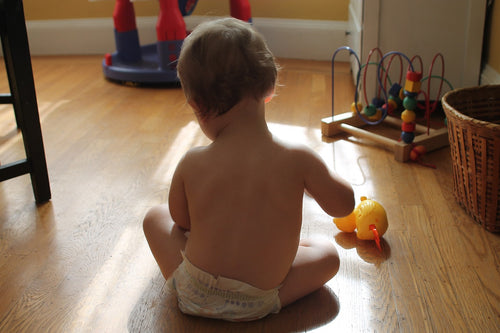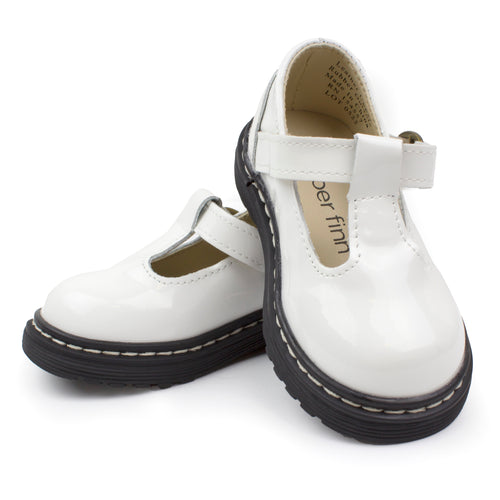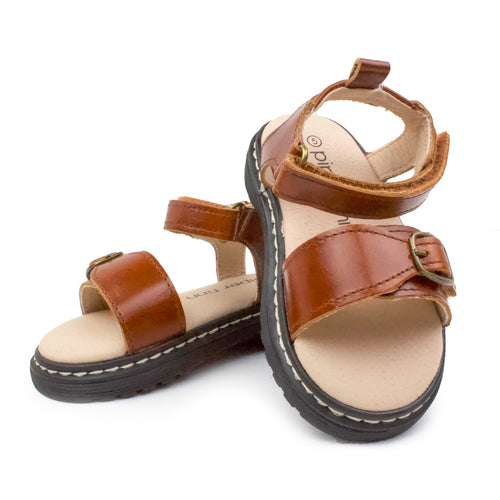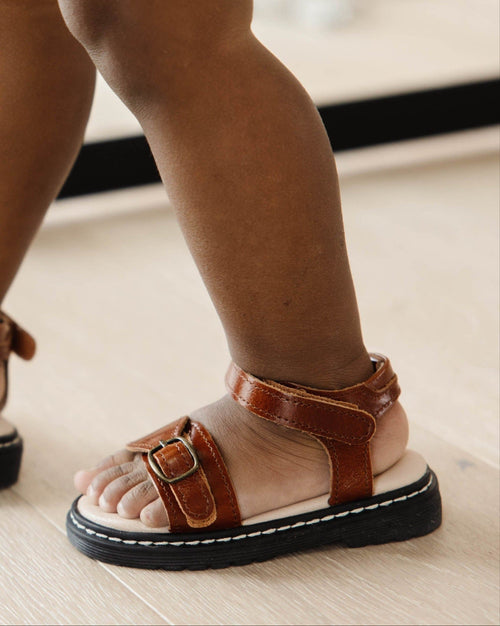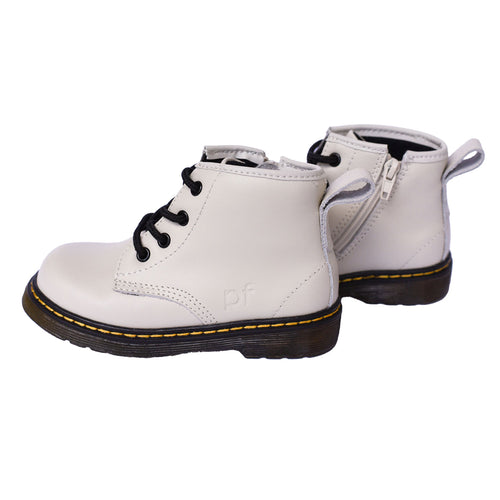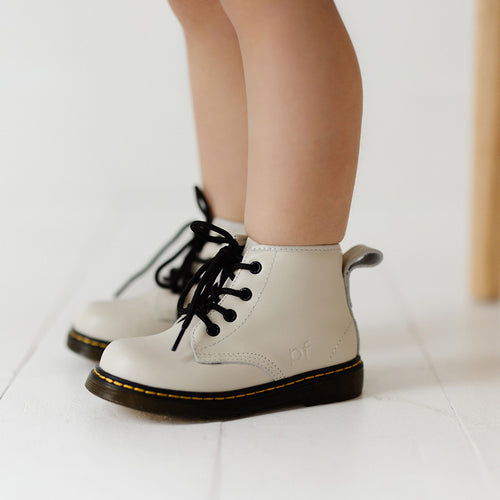As parents, it's natural to be super sensitive to our children's development. Call it intuition or our parental antenna; we all feel that unsettling 'twitch' when things aren't what they should be with our little ones. Thankfully this is exactly what Mother Nature intended for parents, as it ensures any potential issues such as dyspraxia are caught early on.
In today's Piper Finn blog, we discuss eight common signs of dyspraxia in children and advise on the steps to take if you suspect your child has this condition. Whether you're a new parent or a seasoned caregiver, knowing the signs of dyspraxia and seeking early intervention can help your child thrive.
What is Dyspraxia?
Dyspraxia is a neurological condition that affects coordination, motor skills, and sensory processing, and it's estimated to affect up to 10% of children. However, it often goes undiagnosed, which can lead to difficulties with learning and even making friends.
8 Signs of Dyspraxia in Children
#1 Developmental Delays:
Dyspraxia can affect a child's ability to reach certain developmental milestones, such as crawling, walking, or talking. If you notice your child seems significantly behind compared to their peers in these areas, it may be worth talking to their pediatrician.
#2 Clumsiness:
Children with dyspraxia often have difficulty with coordination and balance. For example, they may appear clumsy or uncoordinated, have trouble running or jumping, and bump into things more frequently than other children.
#3 Difficulty with Fine Motor Skills:
Dyspraxia can also affect a child's ability to use small muscles, such as those in their hands and fingers. You may have noticed your child struggling with tasks such as holding a pencil, tying their shoe laces, or buttoning their shirt.
#4 Sensory Processing Issues:
Children with dyspraxia often have difficulty processing sensory information, causing them to be either hypersensitive (overstimulated) or hyposensitive (under-stimulated) to certain stimuli, such as loud noise, certain textures, light and taste.
#5 Speech and Language Delays:
Dyspraxia can also affect a child's ability to communicate. They may have trouble with speech development, such as pronouncing words correctly or forming complete sentences; understanding language or following directions can also be challenging.
#6 Poor Spatial Awareness:
Children with dyspraxia often have trouble understanding their bodies in relation to their surroundings. They may bump into things or have difficulty navigating through crowded spaces.
#7 Difficulty with Sequencing:
Dyspraxia can also affect a child's ability to organize and plan their movements. They may struggle with tasks that require multiple steps, such as getting dressed, tying their shoes or completing simple chores.
#8 Behavioral Issues:
Children with dyspraxia may also exhibit certain behavioral issues, such as anxiety, depression, or low self-esteem. They may also struggle with socializing and making friends.
Help for Dyspraxia in Children
If you suspect your child may have dyspraxia, talking to their paediatrician is important. They may refer you to a specialist, such as an occupational or speech therapist, who can assess your child's needs and recommend a treatment plan.
Parent Tips for Managing Dyspraxia at Home
In the meantime, there are things you can do at home to support your child's development. Encourage activities that help improve coordination, such as dance, swimming, or martial arts. Use sensory play to help your child become more comfortable with different textures and sensations. And create a routine or schedule to help your child with their planning and organizational skills.
Most importantly, don't forget that self care is vital if you want to remain a positive parental influence in your child's life. Exercise regularly, ensure you eat a healthy diet, get enough sleep and be mindful that even super-hero parents need a little help when it comes to dealing with dyspraxia. Research support groups in your area and talk to loved ones so they can step in when you need a little breathing space.
Final Thoughts
As a parent, seeing your child struggle with any issue can be difficult. But by knowing what dyspraxia looks like and seeking early intervention, you can help your child overcome their challenges and thrive. If you suspect your child may have dyspraxia, don't hesitate to talk to their pediatrician. Remember, with the right support and assistance, your child has every chance of reaching their full potential.
Image by webdesignprof0 from Pixabay

